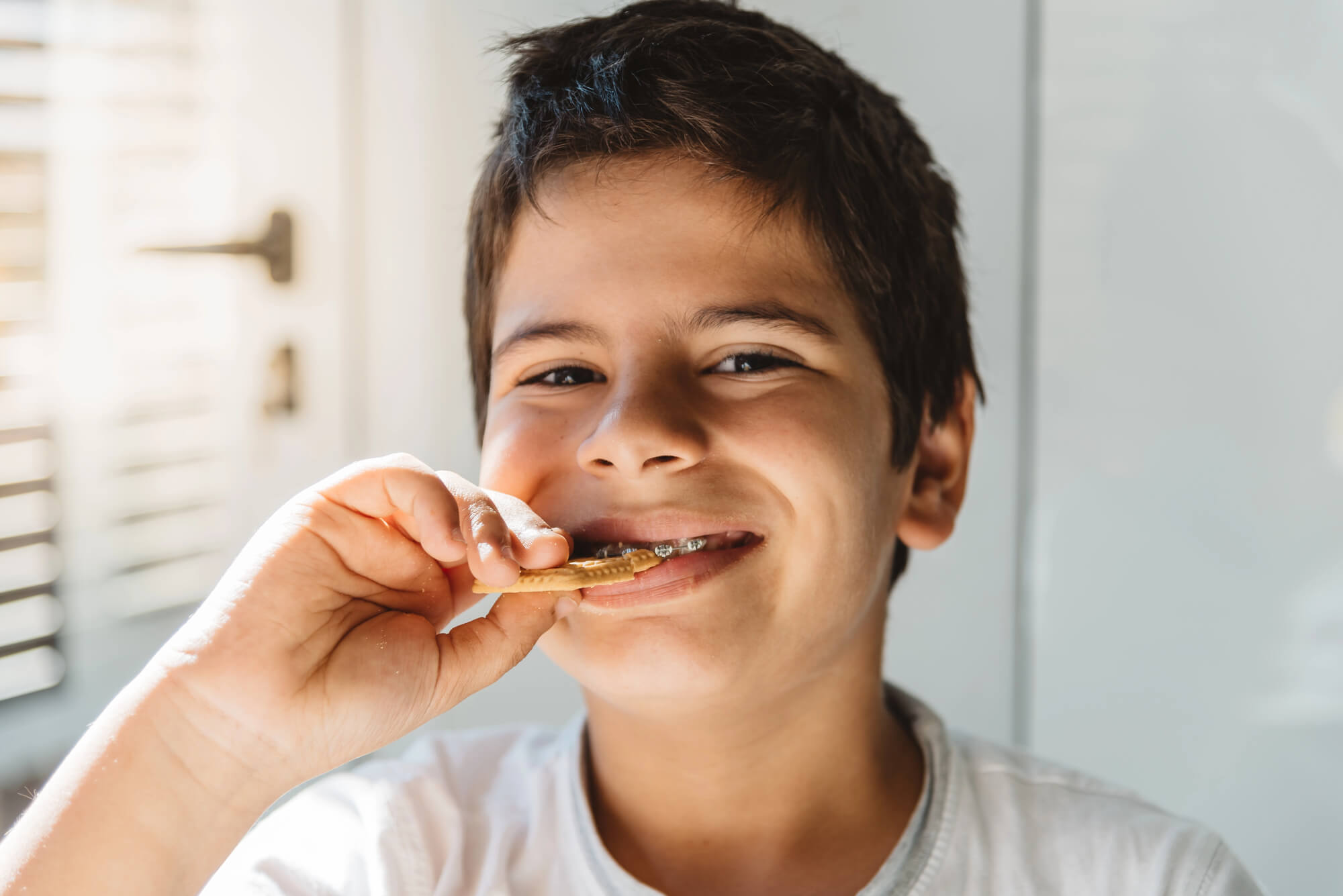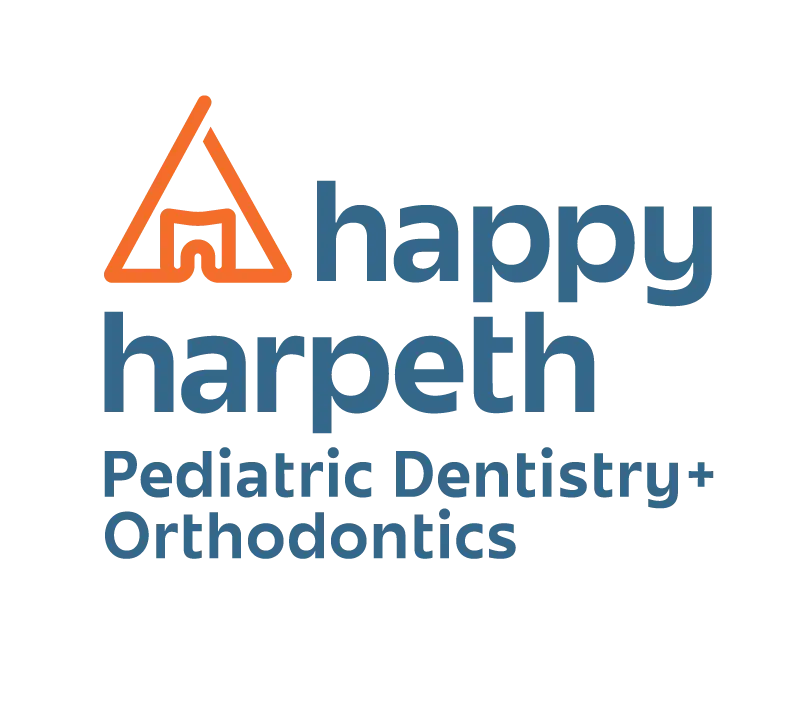Treatments with an orthodontist in Smyrna, TN, can improve your life, but let’s face it: everyone wants to see results as soon as possible! The severity of your child’s orthodontic needs will determine how long their treatment takes, but diet can also greatly impact how quickly and successfully their treatment goes.
Certain foods are rich in specific nutrients and minerals, which help support your kid’s body’s natural healing processes, enhance bone and gum health, and may even contribute to orthodontic procedures. Here are some foods we recommend adding to your child’s diet to make their teeth move faster while enhancing your oral health.

7 Key Foods that Hasten Your Orthodontic Treatment
Although no food can magically accelerate orthodontic treatment, a balanced diet full of these vital nutrients can help teeth move more freely and maintain the health of gums and bones. Consult your orthodontist before making any changes to your kid’s diet, especially if they already have dietary restrictions due to braces.
Here are some foods that may offer the key nutrients your child requires:
1. Calcium-Rich Foods for Stronger Teeth and Bones
Strong bones and teeth require calcium for proper development, growth, and maintenance. Your bones and teeth store 99% of the calcium in your body, so having enough calcium and other minerals in these areas will contribute to bone density, also known as bone strength. For this reason, kids receiving orthodontic treatment need enough calcium in their diet.
Having harder bones may seem unnecessary if you wear braces, but strong bones can more effectively support teeth during their shift, possibly expediting the process. Foods high in calcium also support the maintenance of strong enamel, which is important during tooth adjustment.
Here are some examples of these types of foods to include in your child’s diet:
- Dairy products are a great source of calcium and braces-friendly, including cheese, yogurt, and milk.
- Leafy greens, such as collard greens, spinach, and kale.
- Nuts like almonds are great snacks that are high in healthy fats and calcium.
2. Vitamin D for Enhanced Calcium Absorption
Your body finds it difficult to properly absorb calcium without vitamin D. This vitamin strengthens teeth and bones in tandem with calcium, which has a direct impact on how quickly your orthodontic treatment proceeds.
Foods that supply vitamin D include:
- Fatty fish, such as sardines, mackerel, and salmon. They also contain omega-3 fatty acids, promoting healthy gums and lessening inflammation.
- Egg yolks.
- Many foods, including certain cereals, orange juices, and dairy alternatives, are fortified with vitamin D, making it easier to meet your needs.
Nevertheless, one of the best ways to incorporate vitamin D is to get enough sun exposure. When sunlight—more specifically, ultraviolet V (UVB) rays—reaches your skin, your body naturally produces vitamin D.
3. Vitamin C for Gum Health
Healthy gums are essential during orthodontic treatment. Vitamin C plays a crucial role in gum health, as it’s a key vitamin for collagen formation.
Collagen promotes healing and preserves the integrity of the gums. Vitamin C has antioxidant qualities that also aid in lowering infection and inflammation, maintaining healthy gums, and preventing tooth decay.
Here are some foods rich in vitamin C you can include in your kid’s diet:
- Citrus fruits like oranges, grapefruits, and lemons.
- Berries like strawberries, blueberries, and raspberries.
- Bell peppers. Many patients don’t know that bell peppers contain more vitamin C than citrus fruits. Green bell peppers, for instance, have 95 mg of vitamin C per cup—much more than the daily recommended amount.

4. Magnesium for Bone Health
Magnesium, working in tandem with calcium, aids in the formation and maintenance of strong bones and teeth. It affects the parathyroid hormone's activity, which is necessary for bone remodeling and promotes bone crystal formation.
Furthermore, magnesium controls the body's calcium levels to ensure the mineral reaches the teeth and bones, where it is most needed. It also aids in maximizing calcium absorption, which is essential for healthy bones.
Including these foods high in magnesium in your child’s diet can help their orthodontic treatment go more smoothly:
- Nuts and seeds like pumpkin seeds, almonds, and cashews.
- Whole grains like brown rice, quinoa, and whole-wheat products.
- Dark chocolate. You may have believed chocolate would have no place on this list, but dark chocolate is a delicious way to get your magnesium. It also offers antioxidants that benefit overall oral health.
5. Phosphorus for Tooth Strength
Together with calcium, phosphorus forms the mineral hydroxyapatite, which is the building block of bones and tooth enamel. It is essential for tissue and cell repair, which is advantageous when undergoing orthodontic treatments.
In addition, insufficient phosphorus prevents your body from utilizing calcium as it should, making teeth weaker and more vulnerable to chipping and decay. Because of that, we recommend including these foods in your child’s diet:
- Poultry and meat, such as beef, turkey, and chicken.
- Fish. Besides being rich in vitamin D, fish like salmon and tuna also contain phosphorus.
- Dairy products.
6. Protein for Tissue Repair
Protein is necessary for healing and regenerating the gums and the bones that support your teeth. Eating a high-protein diet can help you heal more quickly, which could expedite and smooth out the orthodontic process.
Foods to include are:
- Lean meats with low-fat content, such as turkey, chicken, and lean beef cuts, are great sources of protein.
- Legumes, such as chickpeas, lentils, and beans.
- Tofu and tempeh are versatile and plant-based protein sources that can be used in a variety of dishes.
7. Zinc for Immune Support
Periodically, orthodontic treatments may result in mild oral irritation or discomfort. Zinc supports your immune system by lowering your risk of infection and accelerating the healing of any sores or abrasions brought on by braces or aligners.
Some foods to consider are:
- Shellfish like oysters, crabs, and lobster.
- Pumpkin and sesame seeds.
- Red meat.

Start a Nutrient-Rich Diet with an Orthodontist in Smyrna, TN
Including calcium, vitamin D, vitamin C, magnesium, phosphorus, protein, and zinc in your diet will help you meet the unique needs of your child’s orthodontic journey while improving their general health. Taking the right nutrients can help make their orthodontic treatment healthier, quicker, and more successful.
If you’re considering increasing your child's intake of any of these essential nutrients, reach out to Happy Harpeth Pediatric Dentistry & Orthodontics. Let’s develop the right diet for your kid so they can have a successful orthodontic treatment!





